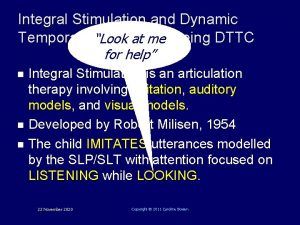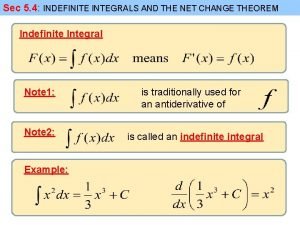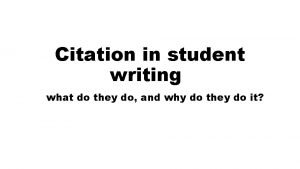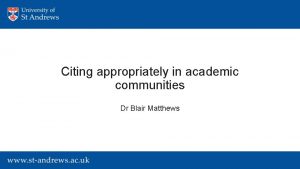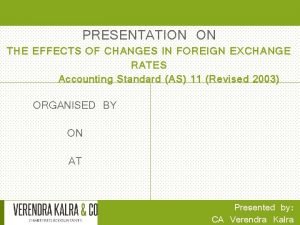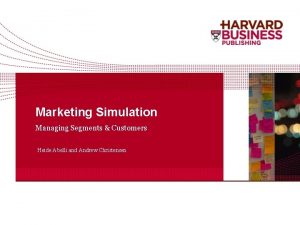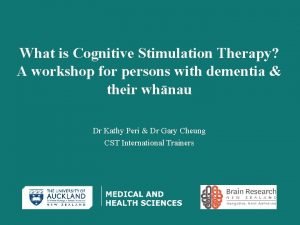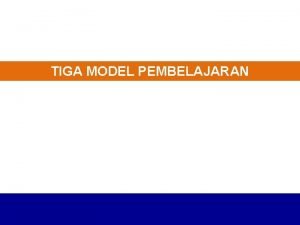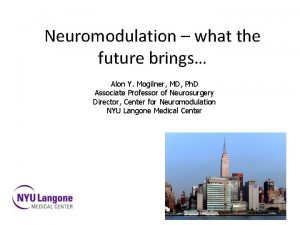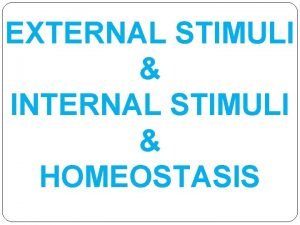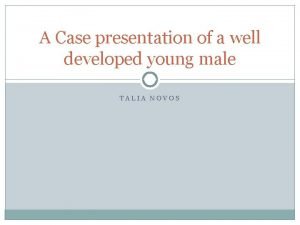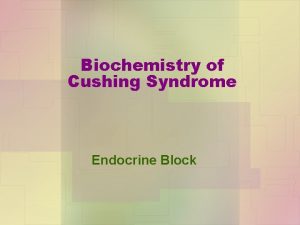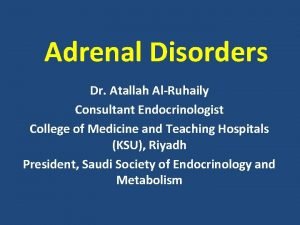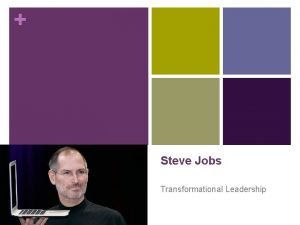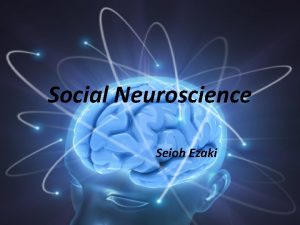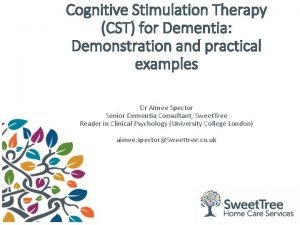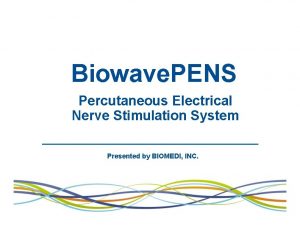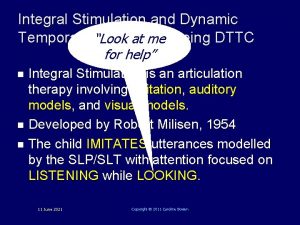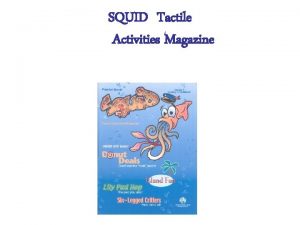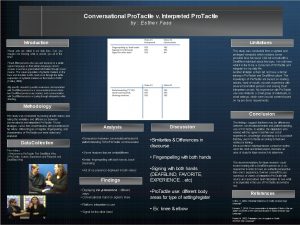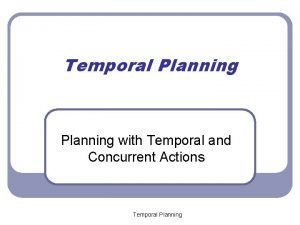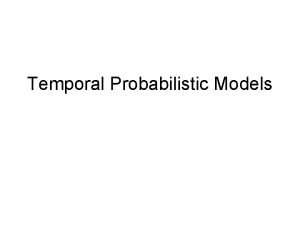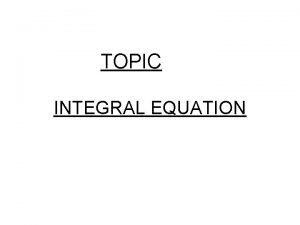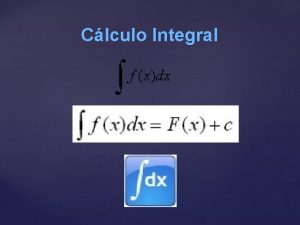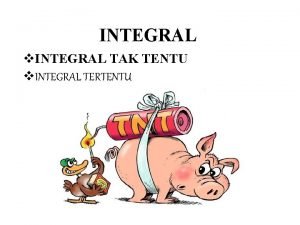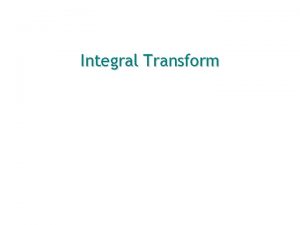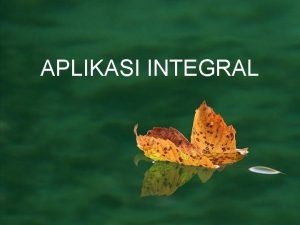Integral Stimulation and Dynamic Temporal and Tactile Look






















- Slides: 22

Integral Stimulation and Dynamic Temporal and Tactile “Look at me. Cueing DTTC for help” Integral Stimulation is an articulation therapy involving imitation, auditory models, and visual models. n Developed by Robert Milisen, 1954 n The child IMITATES utterances modelled by the SLP/SLT with attention focused on LISTENING while LOOKING. n 22 November 2020 Copyright © 2011 Caroline Bowen

n n n Milisen’s listen + watch do it uses a bottom-up approach works from short, phonetically simple utterances up to gradually more phonetically difficult stimuli TACTILE cues and GESTURE cues are incorporated into the approach to encourage accurate articulatory gestures 22 November 2020 Copyright © 2011 Caroline Bowen

n n PROSODIC cueing methods such as MIT or contrastive stress are also used. There is an emphasis – particularly early in therapy – on suprasegmentals Word stress and the contours of sentences are emphasised early in treatment. Functional communication is emphasised. ‘Don’t breathe on me Lucy’ ‘Let me have a turn’ ‘I want one’ 22 November 2020 Copyright © 2011 Caroline Bowen

Integral Stimulation / DTTC n n For non-verbal children, with very severe CAS, Edythe Strand uses a variation of Integral Stimulation that she developed, called: Dynamic Temporal & Tactile Cueing for speech motor learning (DTTC). 22 November 2020 Copyright © 2011 Caroline Bowen

n n DTTC is based on John Rosenbek and colleagues’ 1973 “Eight-step Continuum for Treatment of Acquired Apraxia of Speech”. It allows for a continuous shaping of the movement gesture. 22 November 2020 Copyright © 2011 Caroline Bowen

Integral Stimulation/ DTTC Steps in DTTC 1. Imitation Direct, immediate imitation of natural speech. 22 November 2020 Copyright © 2011 Caroline Bowen

2. Simultaneous production with prolonged vowels (most support) n If the child can’t imitate, the SLP/SLT simplifies the task and moves to simultaneous production. n At this level the clinician says the utterance at normal volume with the child, very slowly with the addition of touch cues and/or gesture cues as required. 22 November 2020 Copyright © 2011 Caroline Bowen

n Slowing the utterance by sustaining the vowel (“sea” si: : : , not sssssea) usually helps the child because the task is easier. n It also affords the opportunity for therapist to run a ‘visual check’, ensuring jaw and lip postures are correct. (no jaw slide / acceptable symmetry) 22 November 2020 Copyright © 2011 Caroline Bowen

3. Reduction of vowel length n As the simultaneous production phase of therapy advances the rate of stimuli production is increased so that the child’s speech sounds more natural. n This is achieved by reducing vowel length. Copyright © 2011 Caroline Bowen

4. Gradual increase of rate to normal Practice continues at this level to the point where the child synchronises effortlessly with therapist: n at normal rate n with normal movement gestures, n without silent posturing (groping). 22 November 2020 Copyright © 2011 Caroline Bowen

5. Reduction of therapist’s vocal loudness, eventually miming Using delicate timing therapist is then in a position to reduce the vocal volume eventually reaching a point where therapist is producing a ‘mime’, mouthing the utterance as the child actually says it. 22 November 2020 Copyright © 2011 Caroline Bowen

Careful! • Because of the intellectual closeness within the dyad this can be a tricky point in therapy. Some children will dutifully follow exactly what the adult is doing so that the two are miming at each other! • This is obviously not the goal! • Children may need explicit instruction to keep their voice ‘turned on’ even though the adult’s voice is ‘turned off’. 22 November 2020 Copyright © 2011 Caroline Bowen

n The gesture and touch cues may still be needed at this point, n They will definitely be necessary in the next step: n The Integral stimulation method proper. 22 November 2020 Copyright © 2011 Caroline Bowen

n The gesture and touch cues may still be needed at this point. n They will definitely be necessary in the next step: The Integral stimulation method proper. Recall that DTTC is a stepping stone for low verbal or non-verbal children with severe CAS 22 November 2020 Copyright © 2011 Caroline Bowen

6. Direct imitation Ensure that the child is secure moving to this harder level in which he or she: n watches the adult’s face n while an auditory model is provided. “Look at me for help” 22 November 2020 Copyright © 2011 Caroline Bowen

The child attempts to repeat the model and if successful does so many times. (MANY REPEATS!) n If the child is unsuccessful, therapist may backtrack to the simultaneous model or silent mouthing/miming level. n Eventually all miming is faded completely, and the child directly imitates and ‘repeats’ targets numerous times before the final step is introduced. n 22 November 2020 Copyright © 2011 Caroline Bowen

7. Introduction of a one or two second S-R delay (least support) Once the child is directly imitating the model with normal rate, prosody he or she can vary, and appropriate articulation, n the SLP/SLT inserts a new requirement in the form of a one or two second delay between therapist’s stimulus and the child’s response. n 22 November 2020 Copyright © 2011 Caroline Bowen

8. Spontaneous production n Finally, therapist elicits spontaneous utterances, using, for example: n QUESTIONS: ‘What is this called? n CLOZE TASKS: ‘Twinkle, twinkle __ __’ n SENTENCE COMPLETION: ‘Mother elephant is big, her baby is ____’ n GAMES: ‘What’s the time Mr Wolf? ’ ‘Simon Says’, ‘I spy with my little eye ___’ n STORY CONTEXTS and ROLE PLAYS 22 November 2020 Copyright © 2011 Caroline Bowen

n The key to getting this right is therapist’s informed observations of and sensitivity to what the child is ‘giving’ by way of responses. n The skill and flexibility involved in continually fine-tuning the hierarchy of stimuli and support provided to the child to enable him or her to imitate spontaneously are critical. 22 November 2020 Copyright © 2011 Caroline Bowen

n This is especially so with the CAS population who have good days and bad days with their speech processing capacities. n Auditory (including prosodic), visual and tactile cues and the level of demand on the child are continually added and faded, dynamically, in each practice trial according to the child’s responses. 22 November 2020 Copyright © 2011 Caroline Bowen

Motor Learning Principles The principles of motor learning are observed throughout. Phonotactic Therapy Because of its focus on syllable structure and metrical stress, phonotactic therapy has many ‘uses’ in intervention for CAS. 22 November 2020 Copyright © 2011 Caroline Bowen

22 November 2020 Copyright © 2011 Caroline Bowen
 Dttc cueing hierarchy
Dttc cueing hierarchy Look down and to the left
Look down and to the left Difference of definite and indefinite integral
Difference of definite and indefinite integral Integral citation example
Integral citation example Integral and non integral citation
Integral and non integral citation Integral foreign operation meaning
Integral foreign operation meaning Flux surface integral
Flux surface integral Integral tentu
Integral tentu Marketing simulation: managing segments and customers v3
Marketing simulation: managing segments and customers v3 Cognitive stimulation therapy training course
Cognitive stimulation therapy training course Discovery learning adalah
Discovery learning adalah Noxious stimuli
Noxious stimuli Occipital nerve stimulation
Occipital nerve stimulation Internal and external stimulus
Internal and external stimulus Cortisol stimulation test results
Cortisol stimulation test results Crh stimulation test interpretation
Crh stimulation test interpretation Acth stimulation test
Acth stimulation test Idealised influence
Idealised influence Seioh
Seioh Exsanguation
Exsanguation Cognitive stimulation therapy training course
Cognitive stimulation therapy training course Biowave electrical stimulation
Biowave electrical stimulation Besoins cognitifs
Besoins cognitifs
